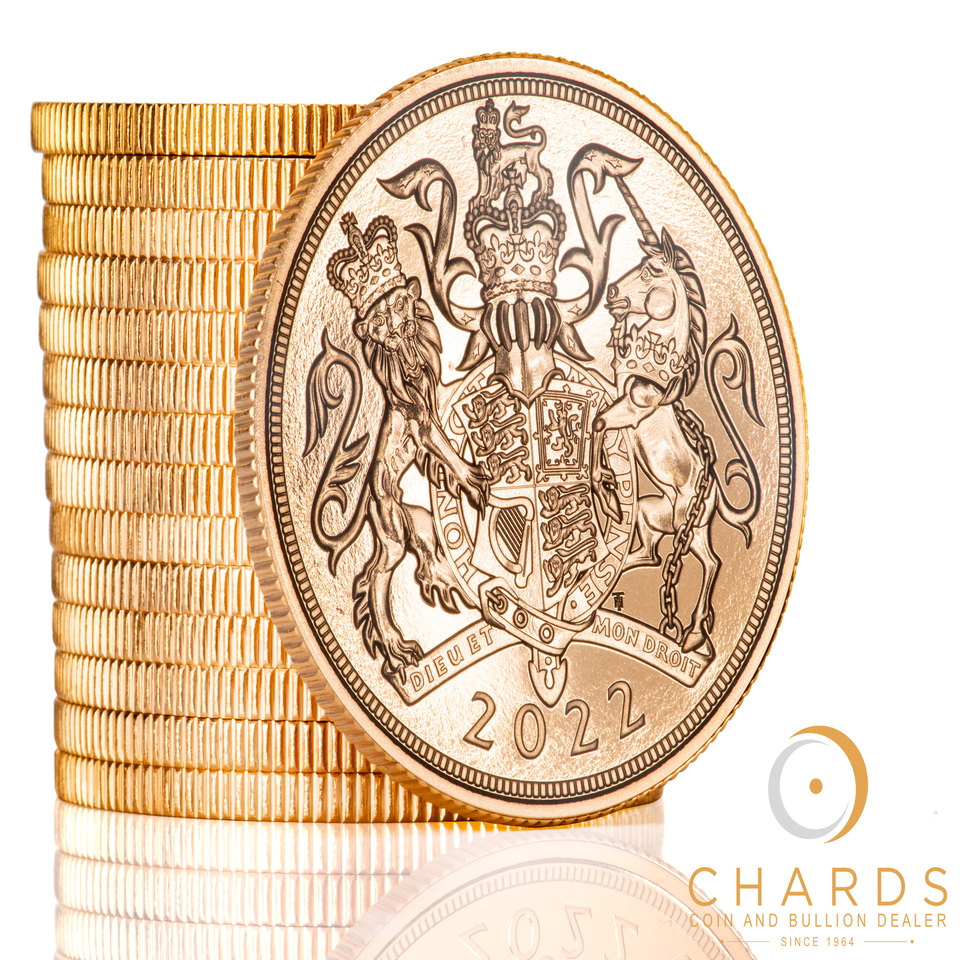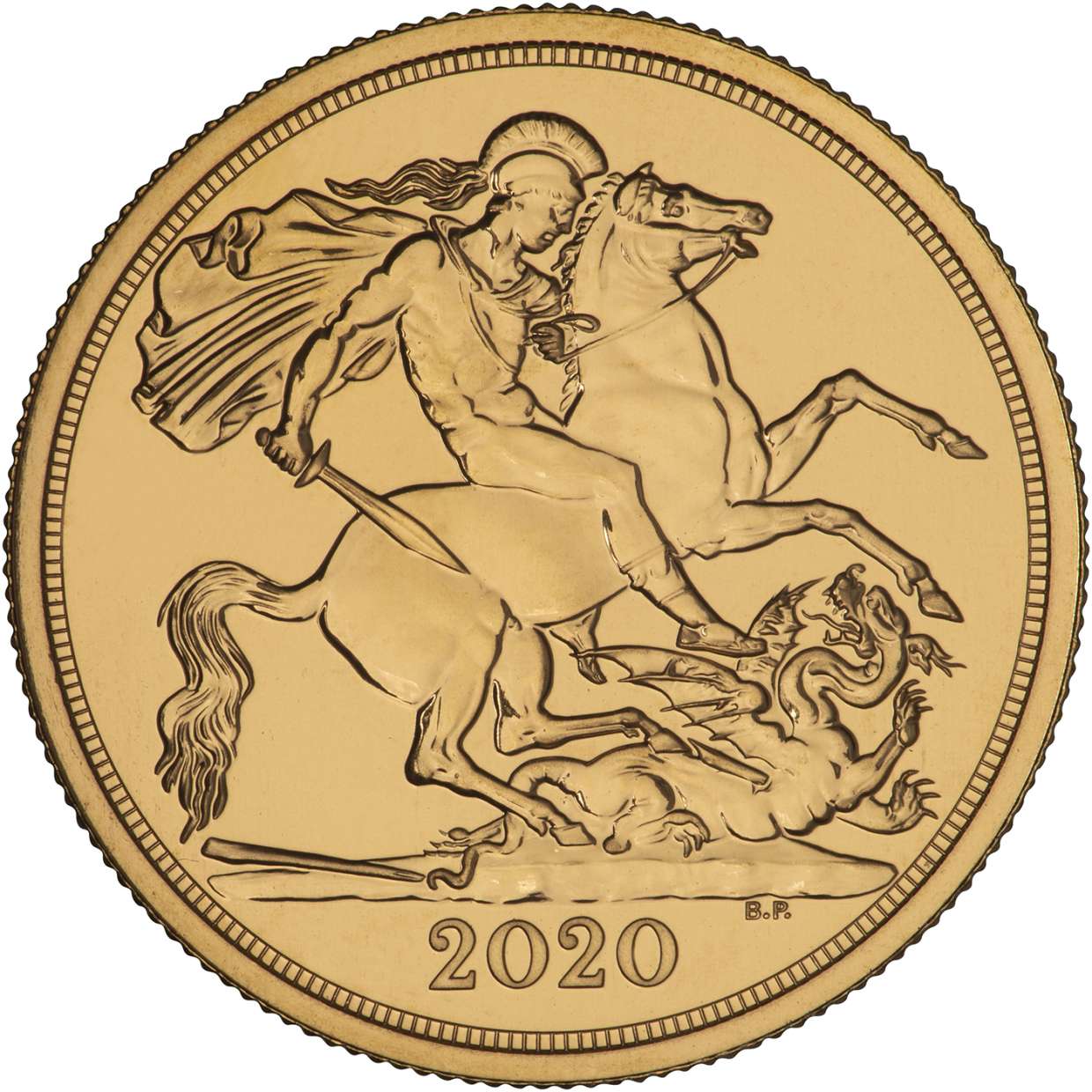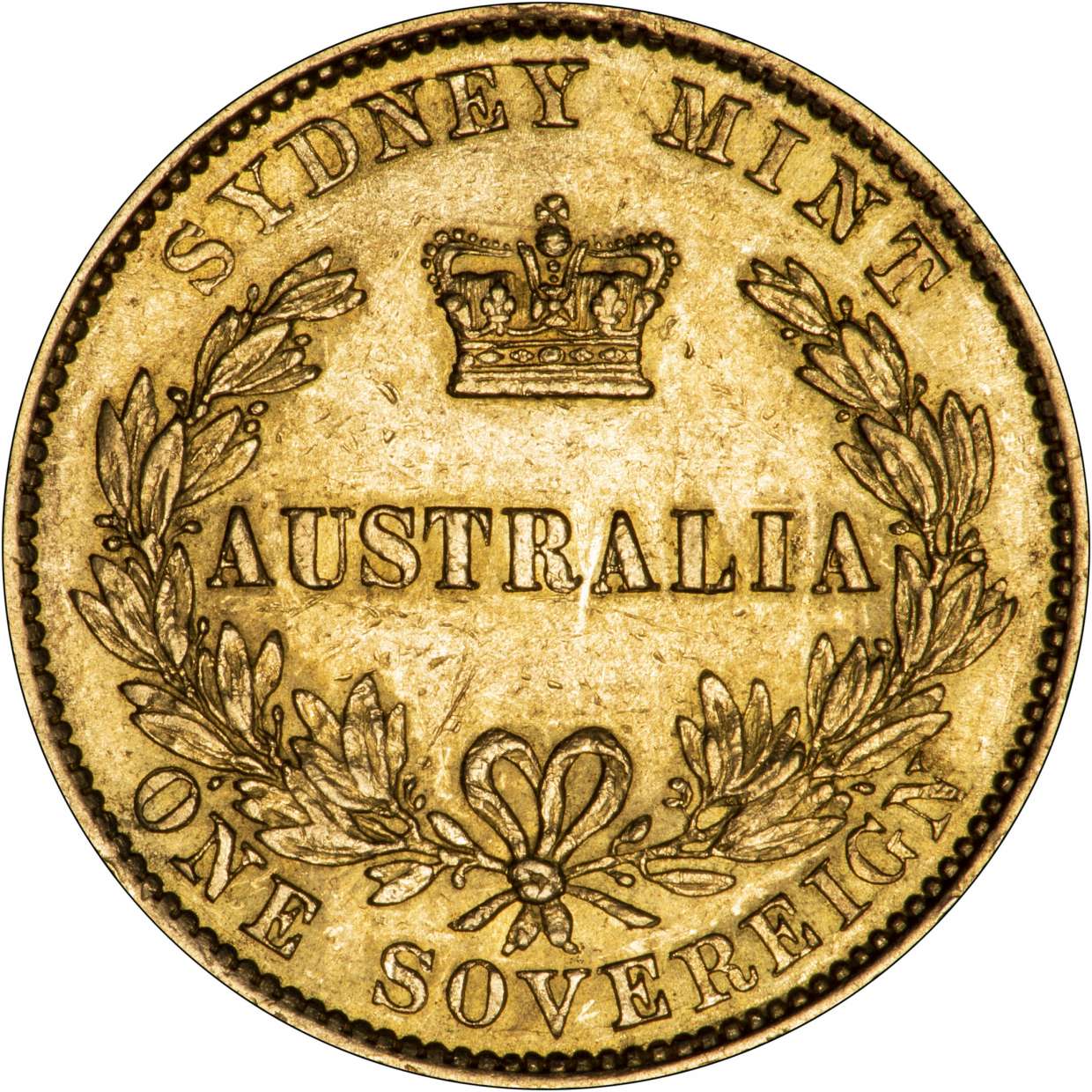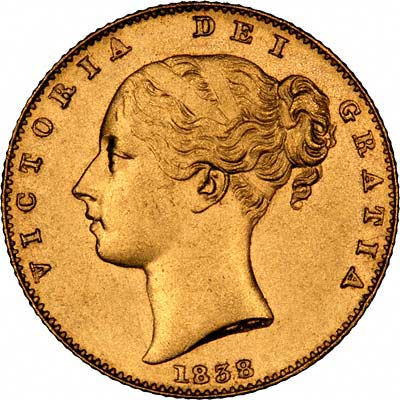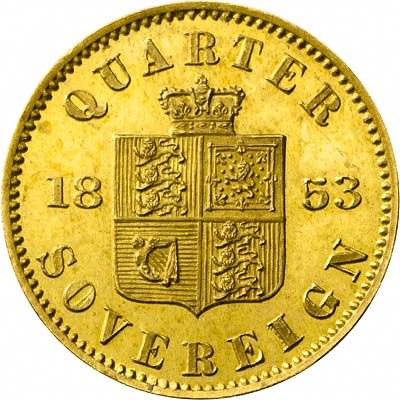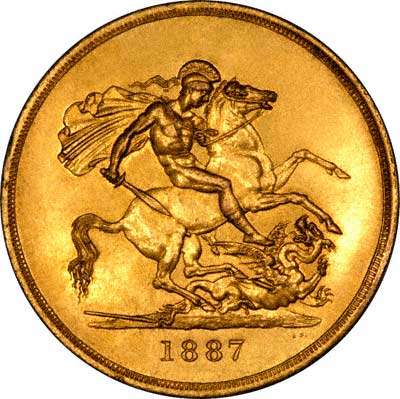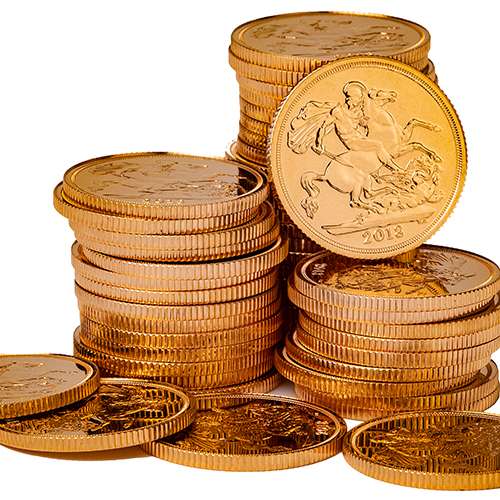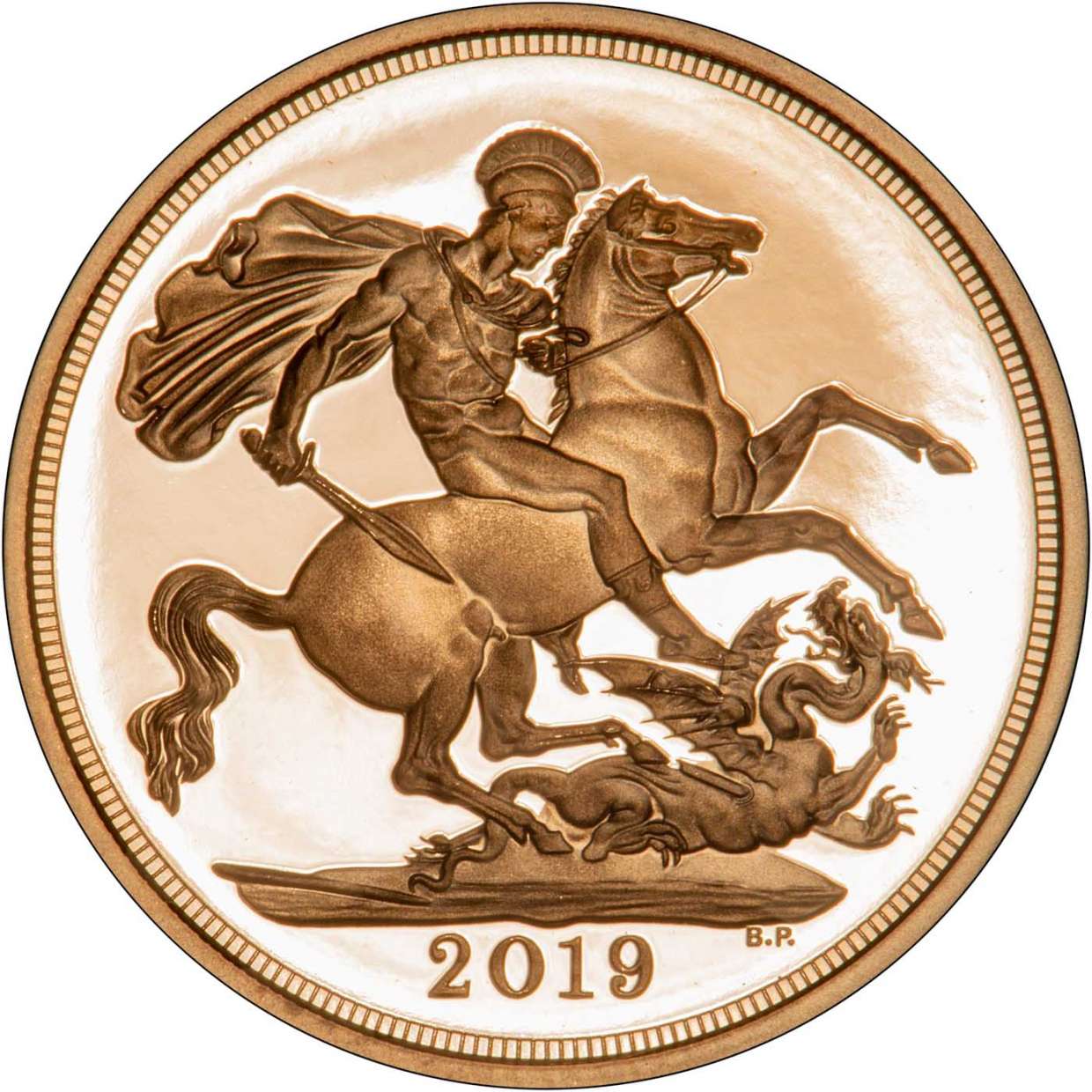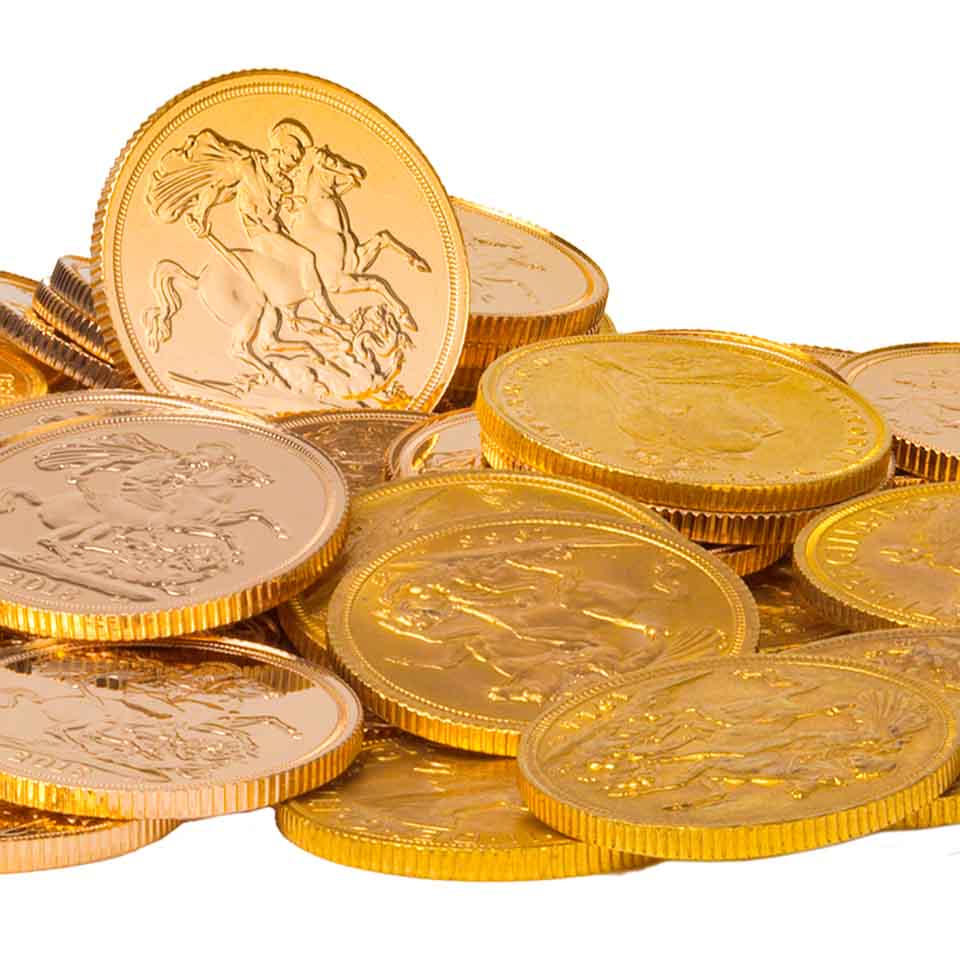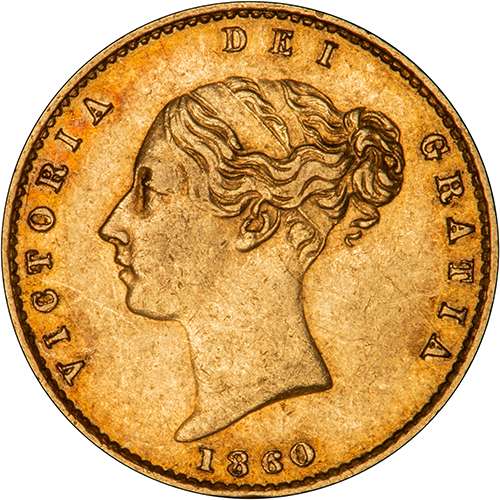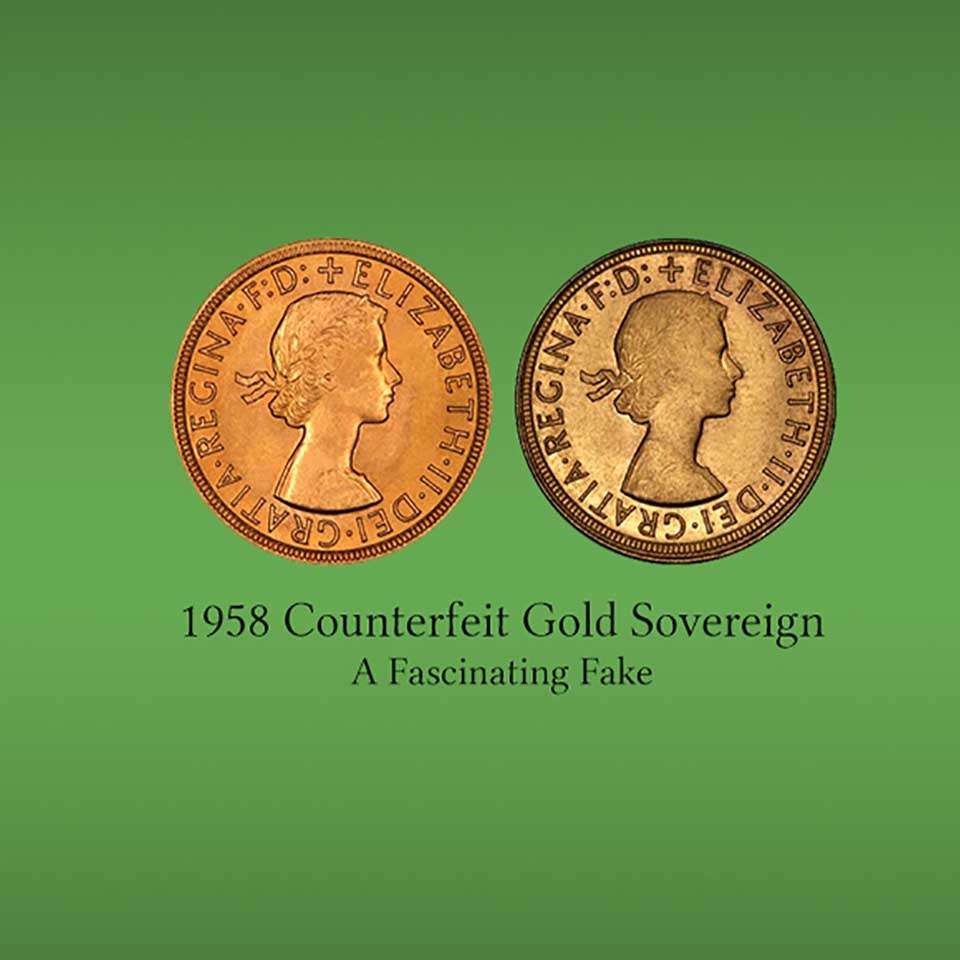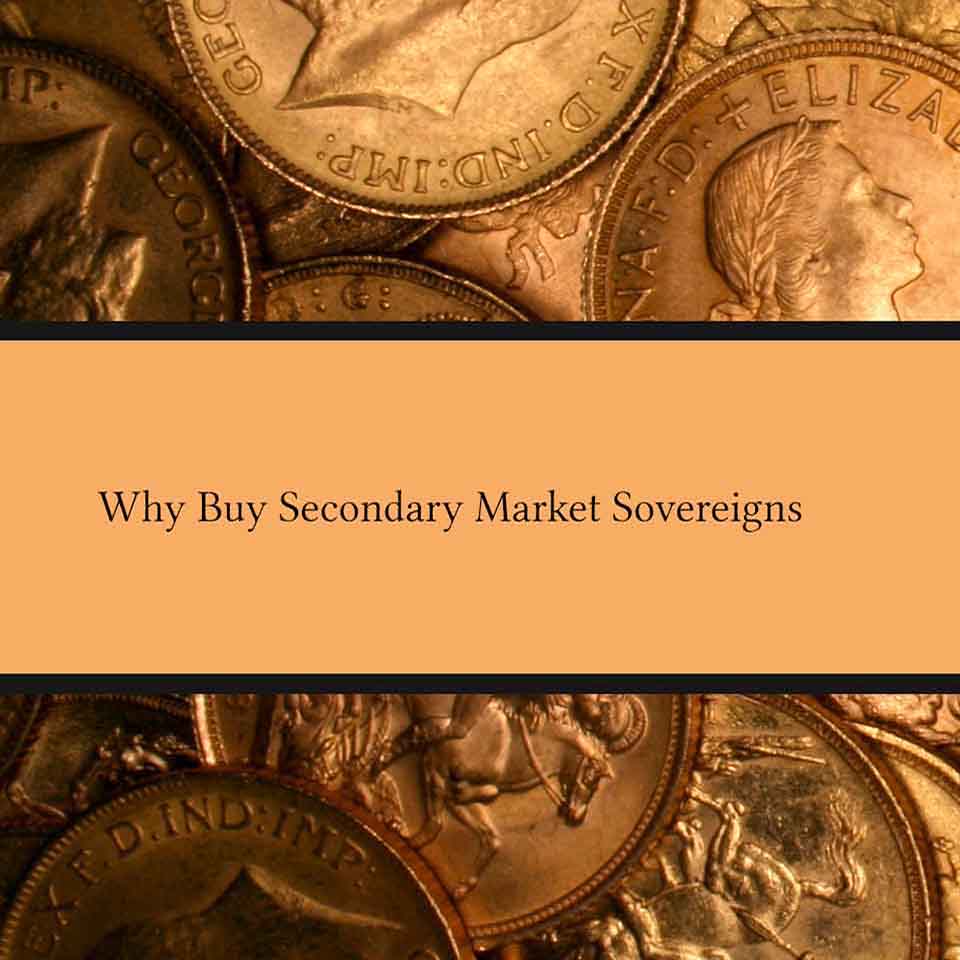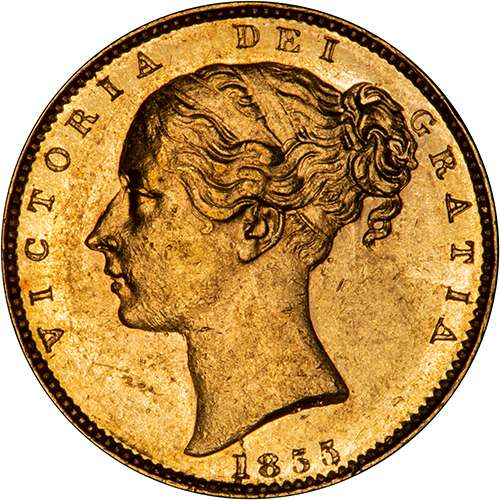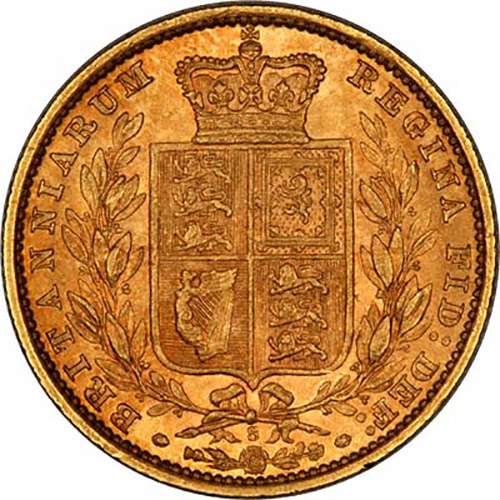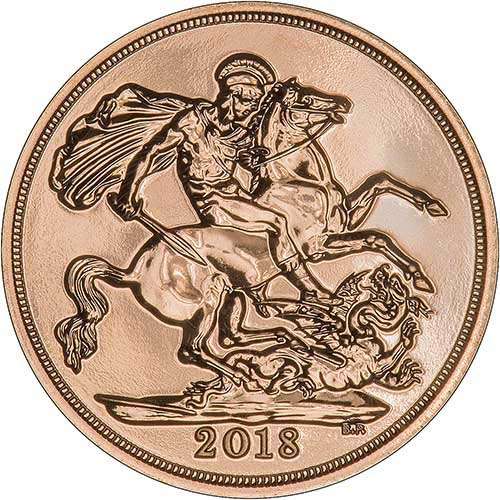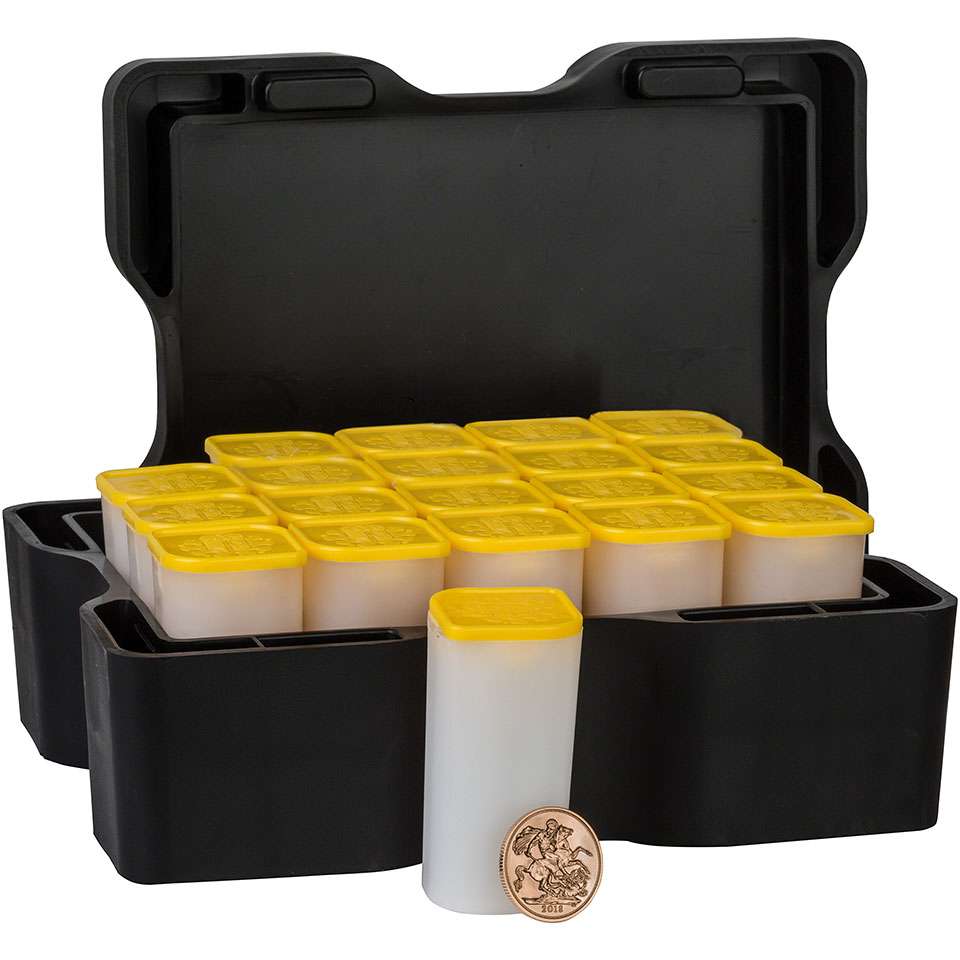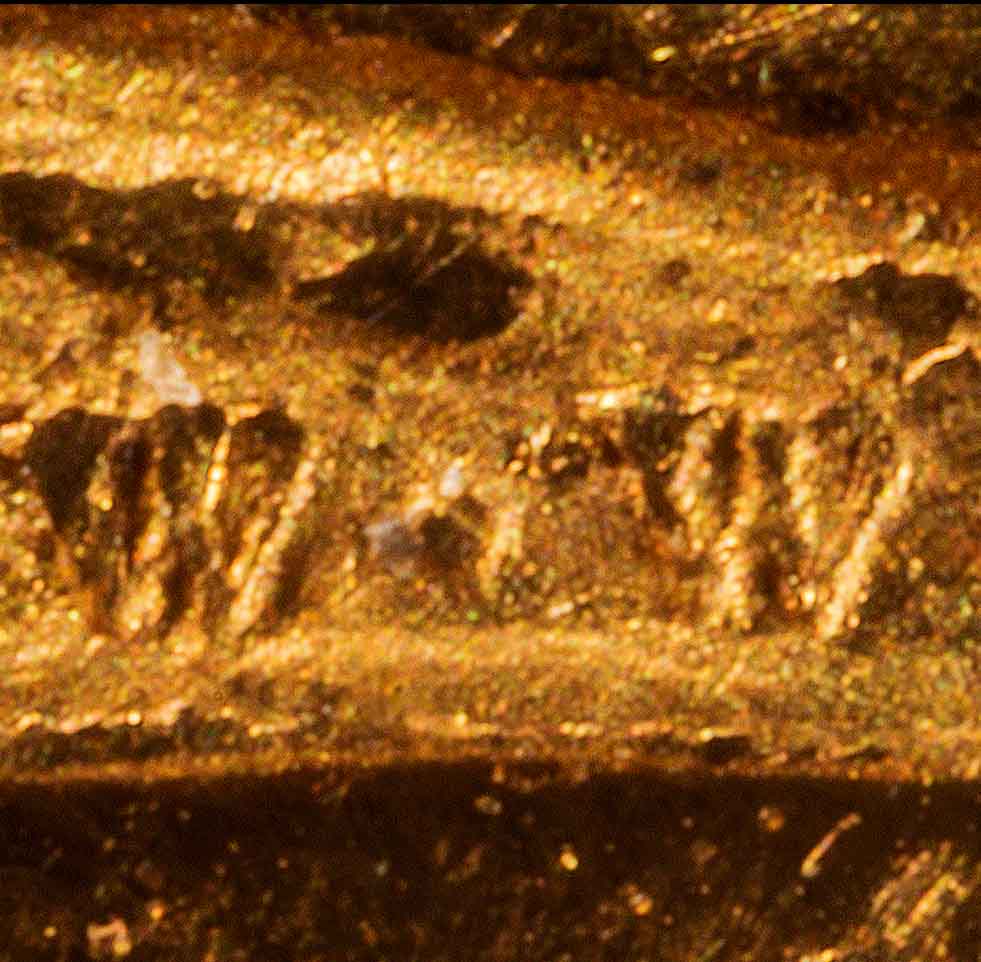Fakes, Forgeries and Counterfeits - Sovereigns
Synopsis
This blog is intended for both investors and collectors of the British sovereign gold bullion coin, whose history dates back to the reign of King Henry VII, when the first gold sovereign was issued in 1489. Over the past five centuries, there have been many attempts by counterfeiters around the world to create sought-after gold coins in order to scam investors. Determining the exact number of fake or counterfeit sovereign gold coins in circulation is challenging.
At Chards, the aim is always to educate both current and new investors on several ways to identify the types of forgeries that have been encountered during our 60 years dealing in precious metals.
On this page, a number of counterfeit gold sovereigns are illustrated, photographed by in-house photographers to assist readers in spotting the differences. Forgeries of various qualities have been chosen, all of which are found easy to detect to varying degrees, but all have been mistakenly purchased as genuine at some time.

Our General Advice
We first recommend that any first-time buyer of gold sovereigns educate themselves about the specific features of authentic gold sovereigns, including weight, dimensions, design details, and historical context. Our team of in-house experts at Chards has put together a comprehensive sovereign guide that details a wide range of important topics aimed at educating investors and collectors.
Next, we suggest that investors conduct their own due diligence and research reputable bullion dealers. While some prefer to deal locally, are willing to travel, and prefer face-to-face interactions, others may prefer to deal exclusively through a dealer's website.
Additionally, investors may want the flexibility of both options. In this scenario, we are a great choice to consider. We have a showroom you can visit at 32-36 Harrowside, Blackpool, Lancashire, FY4 1RJ, and our website offers thousands of in-stock investment and collectible bullion items available for immediate dispatch.
We also have Niton XRF test machines, which are demonstrated by our CEO and director, Lawrence Chard, in our YouTube video showcasing the testing of a selection of Royal Mint coins. Lawrence is a veteran numismatist with over six decades of experience in grading coins and identifying fakes. He has passed on his knowledge to his daughter, Juliana Chard, many of the staff at Chards, and even to the public through our informative YouTube videos.
Many fakes sound wrong, either when clinked together or when 'rung' by dropping or spinning onto a hard surface. The cause of the different sound may be due to the incorrect alloy used, often of lower carat gold, but also because many fakes are produced by casting, resulting in a coin of lower density and softer material. When metal is cold-worked, for example by striking, it becomes hardened, which affects its sonic properties.
Types of Sovereign Coin Forgeries
In this section, we examine various types of forged sovereign coins, featuring a range of different monarch sovereign coins and highlighting key flaws that can help you identify fakes. Can you spot the differences?
1902 Edward VII Fake Sovereign


The first flaw of this 1902 Edward VII fake gold sovereign that stands out is the incredibly uneven rim of the coin. The differences are noticeable between the 12 to 2 o'clock positions and the 6 to 9 o'clock positions. This becomes more apparent on the reverse of the coin, where it looks slightly misaligned.
1894 Victoria Old Head Fake Sovereign
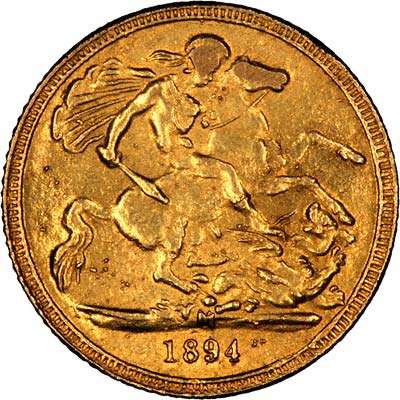

This 1894 Victoria 'Old Head' fake sovereign coin is too shiny, with milled edges that are quite sharp in places and visible in the photographs. The colour of the gold looks too brassy, and the surface, when examined closely, has a very grainy texture. Most poor and medium-quality fakes are produced by casting, while better fakes are struck from steel dies like the originals.
This single difference is often sufficient to help spot most fakes. Another clue on this particular fake is the border, which is too wide, especially on the reverse. Additionally, the date and exergue space are too large and clumsy.
1918 Fake Sovereign Reverse

We know this sovereign is fake because there is no visible mintmark in the exergue of the coin, indicating it must have been issued by the London Mint. You might wonder why this means it's fake. The giveaway is the date on the coin: '1918'. No sovereigns were produced at the London Mint after 1917 due to the financial strain of World War I, except for the final London Mint sovereign produced in 1925.
Sovereigns continued to be minted in the years following the war but traded at a premium over their face value. In 1932, Britain was officially taken off the 300-year-old gold standard, and the production of sovereigns ceased, not to be resumed for several years.
Lawrence examined this fake 1918 gold full sovereign in great detail in our YouTube video, which is part of our 'How to Spot a Fake' series. This was the third video in the series.
1927 George V Fake Sovereign Showing off Axis Obverse


The primary giveaway for this fake 1927 George V sovereign is the significant misalignment of the sides, which are off by approximately 25-30 degrees. This is an important detail to watch out for when examining coins.
1970 Fake Sovereigns
In the 1970s, forgeries of a number of rare and very rare, valuable coins were produced. The workmanship of this series of fakes was excellent. They were so good that a large number of highly priced coins found their way onto the market, having been bought by experienced dealers and handled by famous auction houses.
Some of the sovereign dates which appear in high-quality fakes include 1822, 1827, 1832, 1887, 1916-C (Ottawa Mint, Canada), and 1917. These are all London mint coins (no mintmark), except where specified. Most of these dates are scarce or rare. For example, the 1917 London sovereign catalogs at £2750 in EF condition, and the 1916-C at £7000.
The Genuine Article
For ease of comparison, we also show a pair of photographs of the genuine article, this time a 1916 London Mint sovereign, quite a scarce date, whose scarcity in our opinion, is under-rated in The Standard Catalogue of British Coins. Naturally, all the coins we sell are guaranteed genuine.
Platinum Forgeries
Between the 1860s and about 1881, platinum was used in Spain to counterfeit gold coins, including sovereigns. These were apparently made to order for a North American, with the coins mainly destined for use in South America.
Although platinum is denser than gold, alloying it with an appropriate amount of copper can achieve the correct density. The coins were then gold-plated, resulting in very effective counterfeits. The practice is believed to have stopped only because the price of platinum rose to an uneconomic level. It is likely that the fakes would be worth more now than the originals. Platinum fakes of shield sovereigns dated between 1861 and 1872 have been recorded.
Restrikes
We often see fake sovereigns and other coins being offered for sale as restrikes. A restrike is a retrospectively dated coin, officially produced, sanctioned, or issued by the original mint or government, and as such, it is genuine if not absolutely original. The Austrian Mint has issued a number of restrike coins, including the famous 1780 Maria Theresia thaler and various gold coins, many dated 1915. One example of an official restrike is the 1925 London Mint sovereign.
Until 1948, these were quite scarce, but from 1949 to 1951, the British Royal Mint issued sovereigns bearing the 1925 date, with a design identical to the original George V sovereigns. Because these are impossible to distinguish from the originals, they are not normally described as restrikes.
More on this can be found on our Restrike Sovereigns Article and our Replica Sovereigns Article.
Informative Videos - Sovereign Fakes
We have informative videos for those interested in how to spot fake sovereigns and other gold coins. See our YouTube channel for more great videos!
Related Blog Articles
This guide and its content is copyright of Chard (1964) Ltd - © Chard (1964) Ltd 2024. All rights reserved. Any redistribution or reproduction of part or all of the contents in any form is prohibited.
We are not financial advisers and we would always recommend that you consult with one prior to making any investment decision.
You can read more about copyright or our advice disclaimer on these links.





